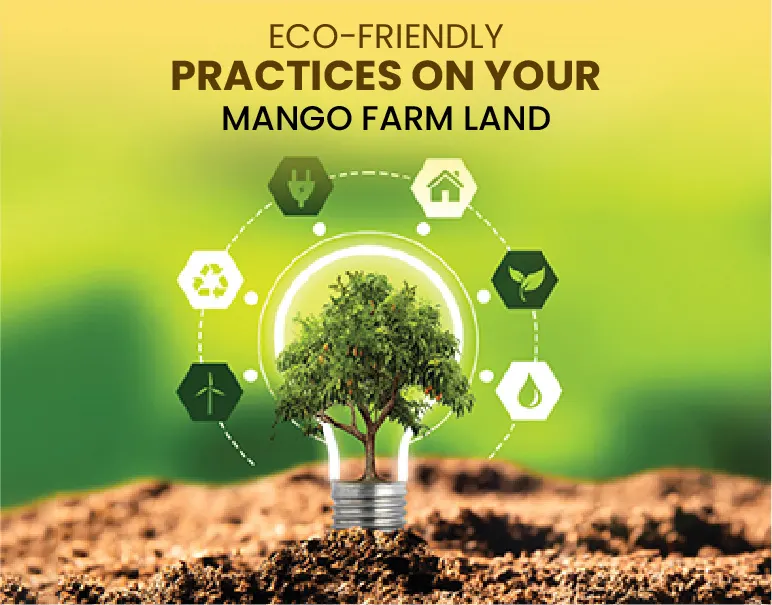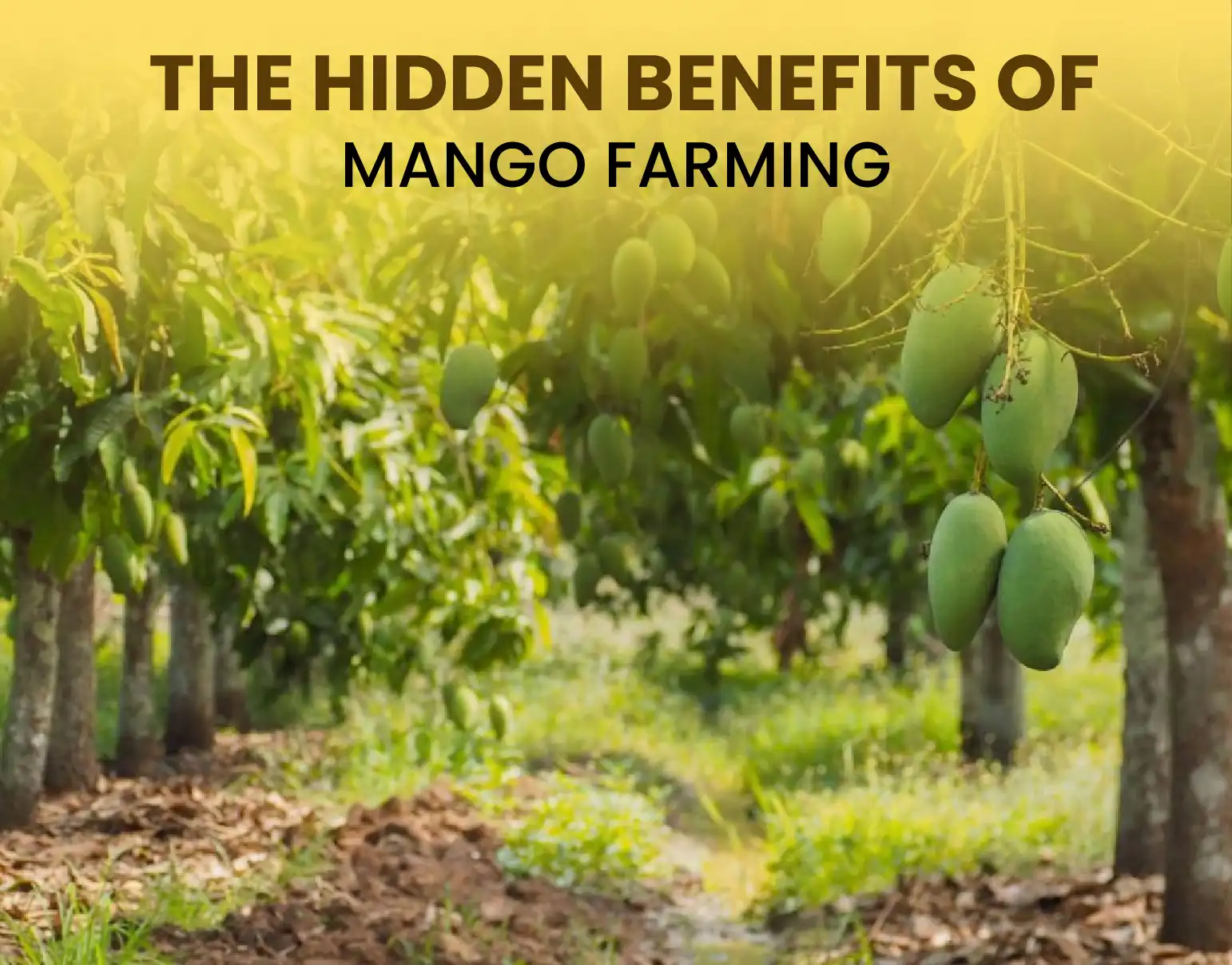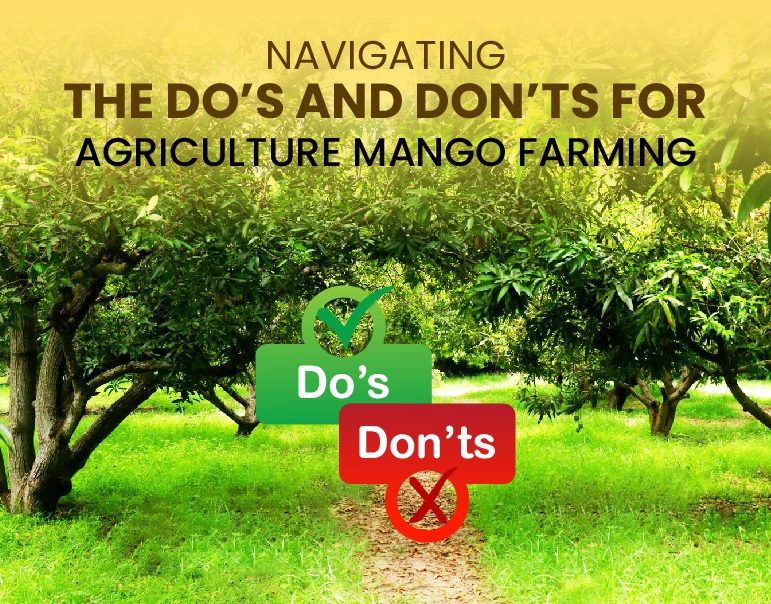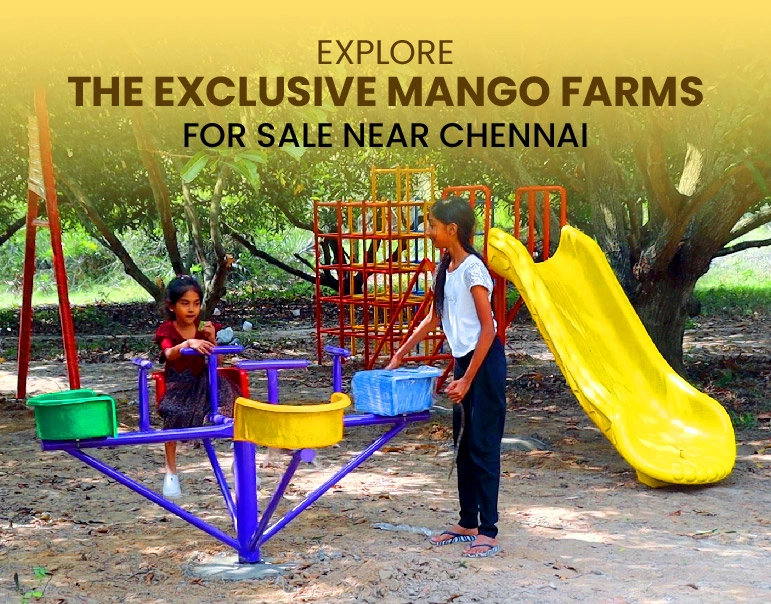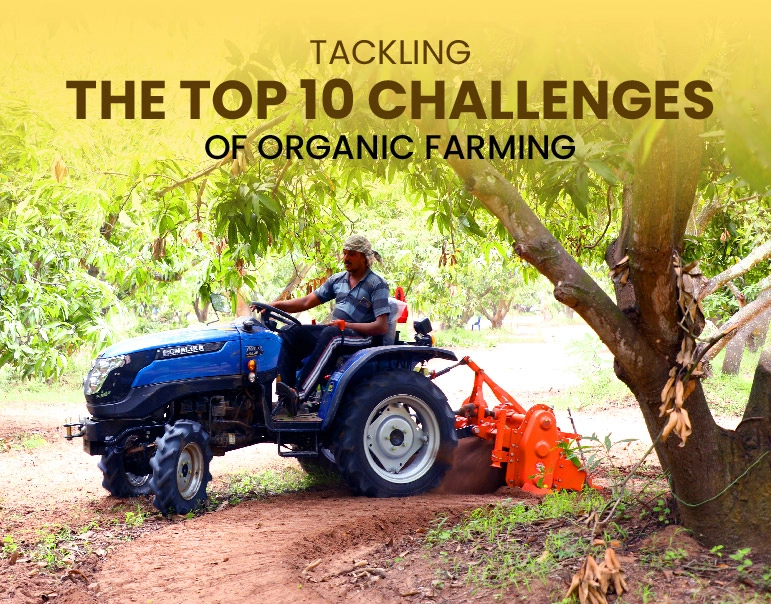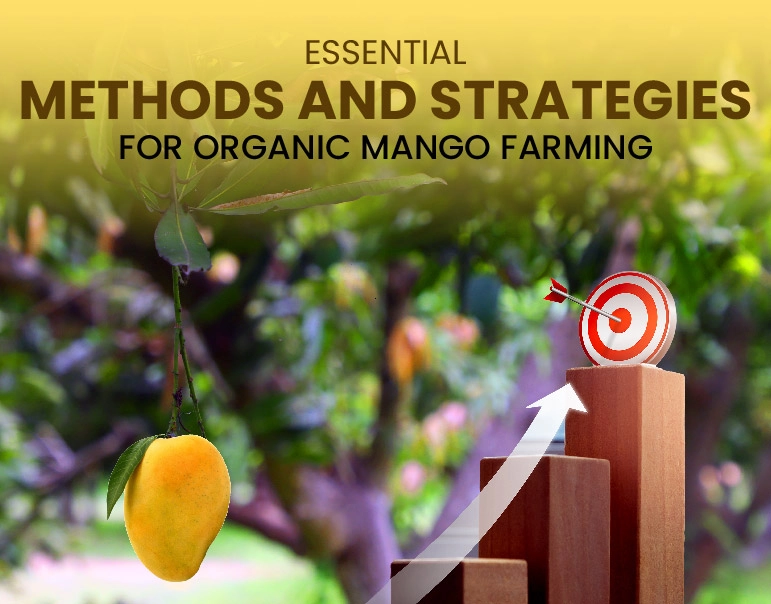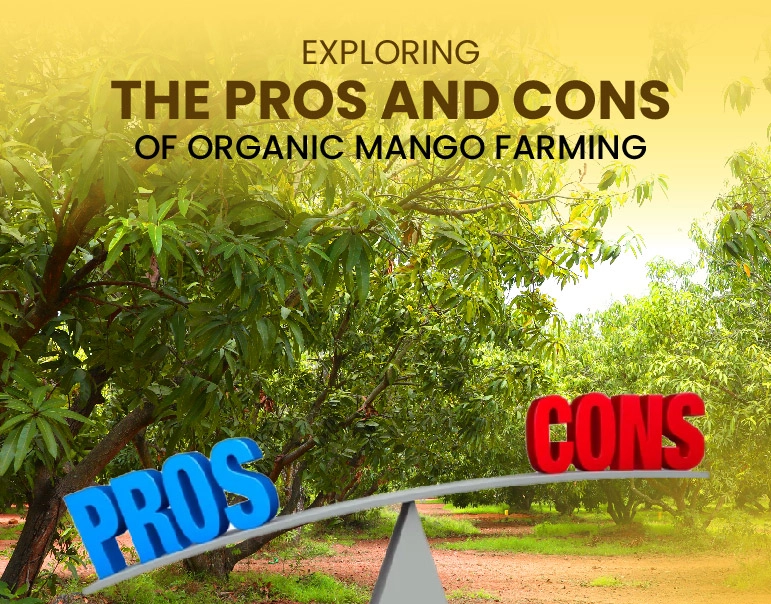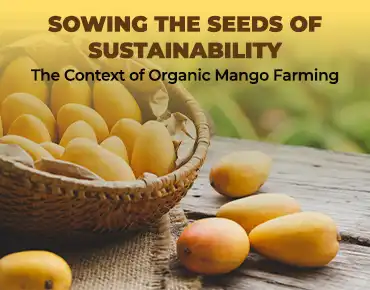Advanced techniques for successful mango farming
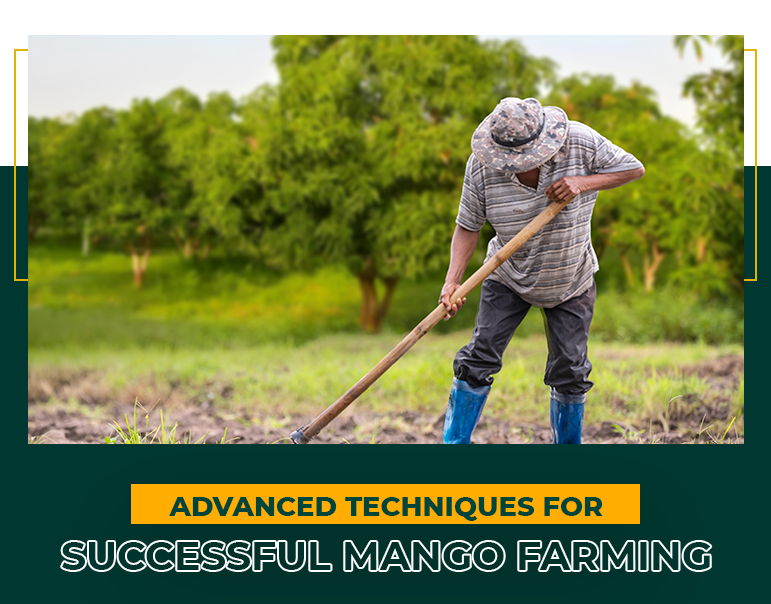

Modern farming methods, deeply ingrained in history, have elevated mango farming, improving output, quality and environmental sustainability. Modern methods have transformed mango farming from soil preparation and planting to harvest and post-harvest processing. This is a thorough manual on the cutting-edge methods revolutionising mango cultivation.
Effective mango farming depends on proper soil preparation, at least in part. Therefore, it is crucial to analyse the pH, nutrient levels and organic matter content of the soil, as the quality of the soil greatly influences mango output. Soil testing helps determine the required additions of organic compost to increase fertility and structure. Mangoes grow best in slightly acidic to neutral soil; so, maintaining the pH between 5.5 and 7.5 guarantees best nutrient absorption. Cover crops and organic mulches improve moisture retention, stop erosion and bring vital nutrients back into the ground, therefore strengthening the condition of the soil.
Selecting the appropriate mango type is crucial since various types excel in particular soils and climates. Popular varieties that are known for their flavor, market demand and durability include Alphonso, Dasheri, Kesar and Langra. Grafting, an innovative method, enables growers to quickly cultivate trees that yield high-quality fruit. Techniques such as cleft grafting, veneer grafting and inarching produce plants that inherit desirable features from their parent plants, such as improved production and disease resistance. By allowing farmers to spread many varieties on one rootstock, grafting also maximizes land utilization.
Planting trees closer together than conventional techniques is the creative solution known as high-density planting (HDP). Particularly successful on smaller plots, this method maximizes yield per acre. HDP arranges trees roughly three meters apart, in contrast to the conventional spacing of eight to ten meters. This approach depends on precise canopy management to guarantee correct airflow and sunshine penetration. Apart from raising output, HDP makes disease control possible and facilitates simpler harvesting. This method depends on early pruning and training trees to help control their structure and maximize fruit output.
In mango cultivation, especially in places with limited water supplies, effective water management is absolutely vital. Drip irrigation and fertigation are advanced techniques that directly supply water and nutrients to the root zone of the plant, thereby reducing waste. Drip irrigation, a common practice in mango orchards with excessive water around the tree base, not only reduces weed growth but also aids in preventing fungal illnesses. Another environmentally friendly way to handle water shortages is rainwater collection. Good water management increases output while conserving water supplies and lowering general expenses.
Mango trees are susceptible to various pests and illnesses such as powdery mildew, anthracnose, and mango hoppers. Combining biological, mechanical and chemical control strategies, Integrated Pest and Disease Management (IPDM) is a sophisticated way to control pests without endangering the ecology. For instance, adding beneficial insects like ladybirds to reduce aphid numbers, monitoring with pheromone traps, and utilizing neem-based biopesticides can reduce reliance on chemical pesticides. IPDM also relies on regular orchard monitoring and hygienic maintenance, which includes removing dead branches and preventing fruit fall, thereby promoting natural tree health.
Managing mango tree structure and output depends on regular pruning. Farmers can produce a balanced tree canopy that guarantees sunlight reaches all sections of the tree by cutting in particular ways, therefore improving the fruit quality. Pruning also improves ventilation, reduces the risk of disease and reduces humidity levels, which in turn inhibits the spread of fungus. This method of trimming the tree and eliminating extraneous branches lets it concentrate its energies on producing superior fruit. In high-density crops, when space is restricted, canopy management is especially crucial.
Reaching good mango yields depends on proper fertilization. Growing numbers of farmers are using fertigation, which guarantees accuracy in nutrient delivery by delivering nutrients straight via the irrigation channel. The mango trees have particular nutrient needs during various phases of growth. While phosphorous and potassium stimulate blooming and fruit development, nitrogen-rich fertilizers support the early growth stages. Organic compost, biofertilizers, and micronutrient applications, such as zinc and iron, contribute to maintaining soil health and enhancing fruit quality. Frequent soil testing improves both tree health and yield by guiding a focused nutrient plan.
In mango farming, the harvesting period is crucial since mishandled fruit could suffer damage and lower quality. Based on color, hardness and size, mangoes should be picked at the proper stage of maturity; picking too early or late alters taste and shelf life. Using certain harvesting gear along with techniques—such as stem cutting and protective gloves—helps to guarantee quality and reduces bruising. To increase shelf life, post-harvest management entails cleaning the fruit to eliminate latex, grading depending on size and quality, and storing them at ideal temperatures. These techniques reduce post-harvest losses and preserve the fruit's market value.
Climate change and consumer desire for environmentally friendly methods make sustainability in mango cultivation ever more crucial. Farmers are using organic agricultural methods, cutting down on chemical use, and emphasising biodiversity. Techniques like intercropping—growing several crops next to mango trees—may help control pests and maintain soil quality. Agroforestry improves biodiversity and maintains a healthy ecosystem by means of farmers combining tree planting with agricultural output. By using organic waste as a fertiliser and composting it, farmers can reduce their reliance on synthetic fertilisers, thereby aligning mango production with environmental targets.
Processing mangoes into goods like dried mango slices, pulp, juice and pickles gives farmers value addition chances to boost their income. Especially during off-seasons, developing value-added items might create new markets and help balance revenues. Many farmers are constructing small processing facilities on their estates to cater to a wider customer base. Furthermore, mango growers have the opportunity to penetrate premium markets by offering high-quality, value-added products, given the growing demand for organic and minimally processed goods. Packaging and branding these goods draw consumers and guarantee long-term viability.
Aimed at raising output, preserving quality, and supporting environmental sustainability, modern mango farming is a complex mix of conventional wisdom and cutting-edge agricultural technologies. Using these cutting-edge methods will help producers effectively satisfy the worldwide increasing demand for mangoes. Farmers can produce excellent mangoes that appeal to a large market by emphasizing soil health, precision irrigation, insect management, balanced nutrition and sustainable techniques. Including these techniques will transform mango farming and offer long-term advantages for both the ecosystem and the farmers, whether for local markets or foreign exports.
